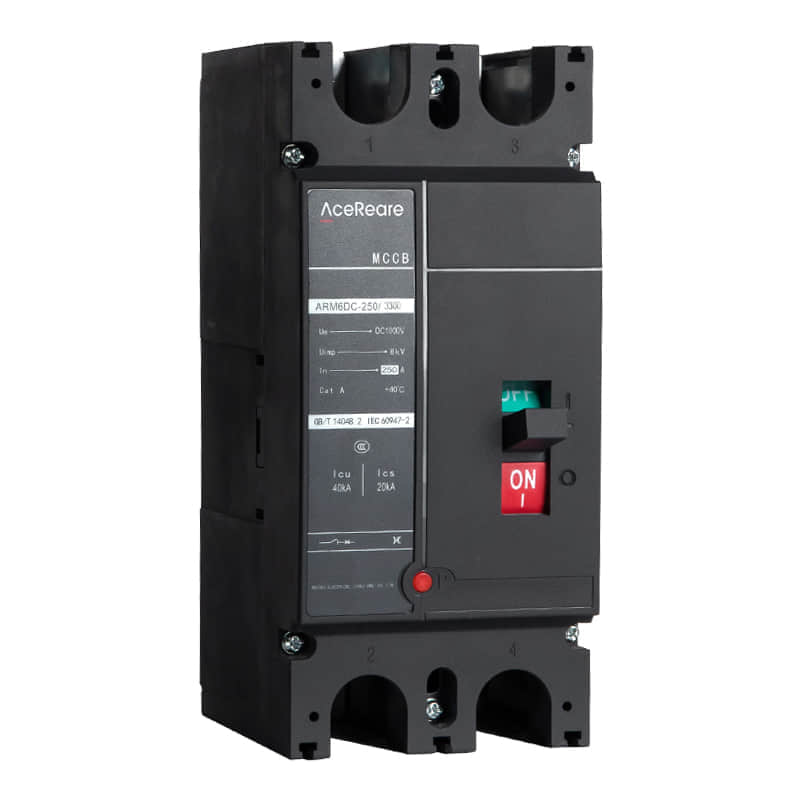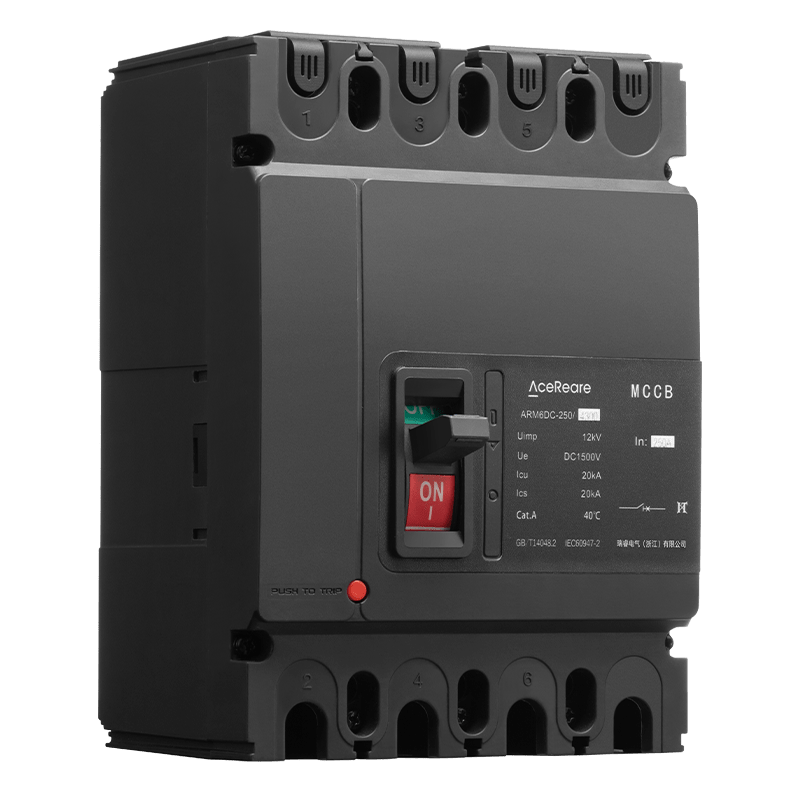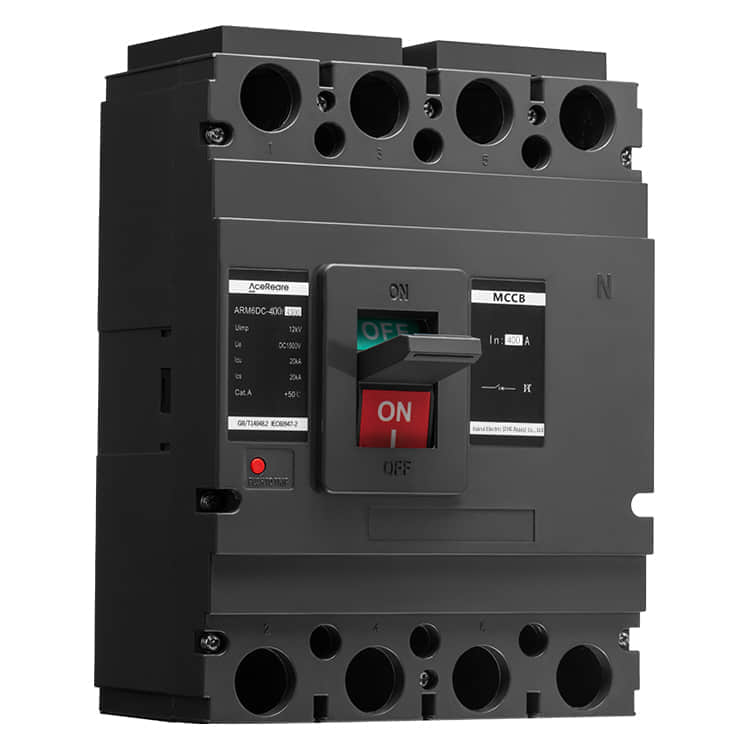Molded Case Circuit Breakers (MCCBs) are vital components in electrical distribution systems, providing protection against overcurrents and short circuits. These devices are engineered with precision, adhering to stringent manufacturing processes to ensure their reliability and safety. This article delves into the intricate process of MCCB manufacture, highlighting the steps involved in creating these essential electrical components.

1. Design and Engineering:The first stage in the MCCB manufacturing process is design and engineering. Skilled professionals and engineers collaborate to conceptualize the product, considering factors like current ratings, voltage levels, breaking capacity, and safety features. Advanced computer-aided design (CAD) software is employed to create intricate models, which serve as the blueprint for the MCCB’s physical structure and internal mechanisms.

2. Material Selection:The choice of materials is critical to the performance and longevity of the MCCB. High-quality insulating materials, conductive components, and arc-extinguishing elements are selected. These materials must withstand various electrical stresses, mechanical forces, and environmental conditions while maintaining their integrity over time. 3. Injection Molding:Injection molding plays a central role in MCCB manufacturing. The outer casing of the MCCB is created through this process. Thermosetting plastics are heated and injected into molds, taking the shape of the casing design. The molded case provides mechanical protection, insulation, and a barrier against environmental contaminants. 4. Assembly of Internal Components:The internal components of an MCCB are meticulously assembled. This includes inserting the trip unit, which senses overcurrents and short circuits, as well as the operating mechanism that controls the opening and closing of the circuit breaker contacts. The arc chute, designed to safely extinguish the arc produced during circuit interruption, is also carefully integrated. 5. Calibration and Testing:Before leaving the manufacturing facility, MCCBs undergo rigorous calibration and testing procedures. The trip unit is calibrated to ensure accurate operation at specified current levels. Functional tests are conducted to verify the proper functioning of the circuit breaker’s tripping mechanism, contact alignment, and arc extinguishing capability. 6. Quality Control:Stringent quality control measures are implemented throughout the manufacturing process. Automated and manual inspections are conducted to identify any defects or deviations from the design specifications. This meticulous approach guarantees that each MCCB meets the highest safety and performance standards. 7. Packaging and Distribution:Once the MCCBs pass all tests and quality checks, they are carefully packaged to prevent damage during transit. Proper labeling and documentation accompany each MCCB, providing information on its specifications, ratings, and usage guidelines. The finished MCCBs are then distributed to suppliers, wholesalers, and end-users for installation in various electrical systems. 8. Ongoing Research and Development:The process of MCCB manufacturing is an evolving one. Manufacturers continually invest in research and development to enhance the performance, efficiency, and safety features of their products. This involves exploring new materials, refining production techniques, and incorporating smart technologies for remote monitoring and control. In conclusion, the manufacturing of Molded Case Circuit Breakers is a complex and systematic process that involves careful design, material selection, injection molding, assembly, calibration, testing, quality control, and distribution. These essential components play a crucial role in safeguarding electrical systems, ensuring uninterrupted power distribution while minimizing the risks associated with overcurrents and short circuits. As technology advances, MCCB manufacturers remain committed to innovation, guaranteeing the reliability and safety of these devices in an ever-changing electrical landscape.
